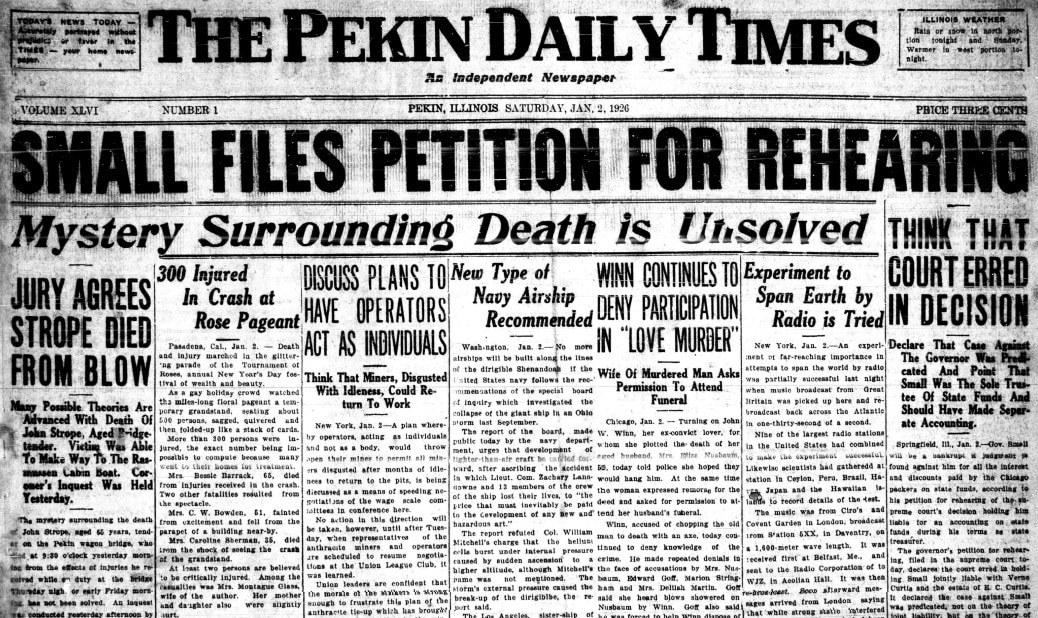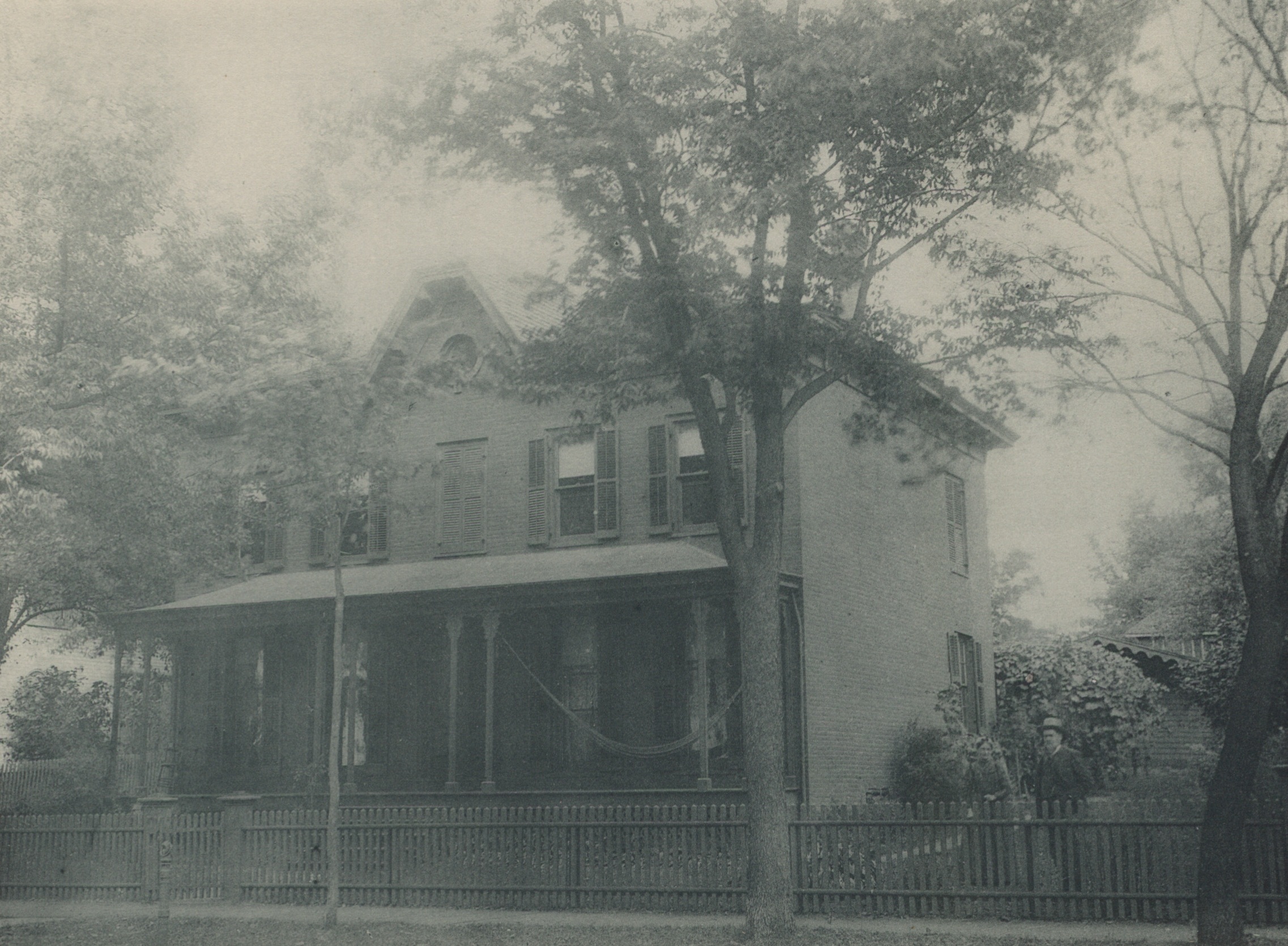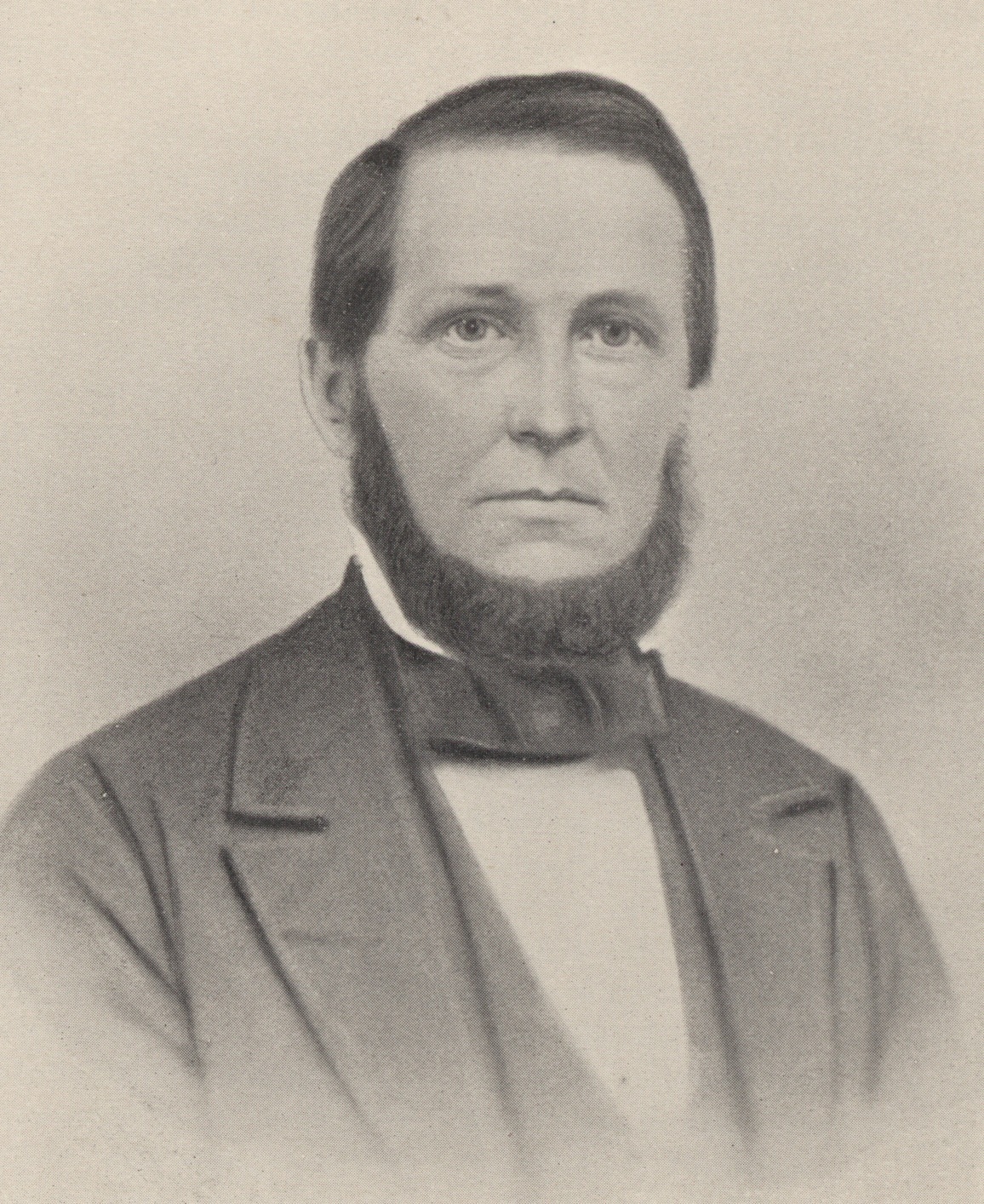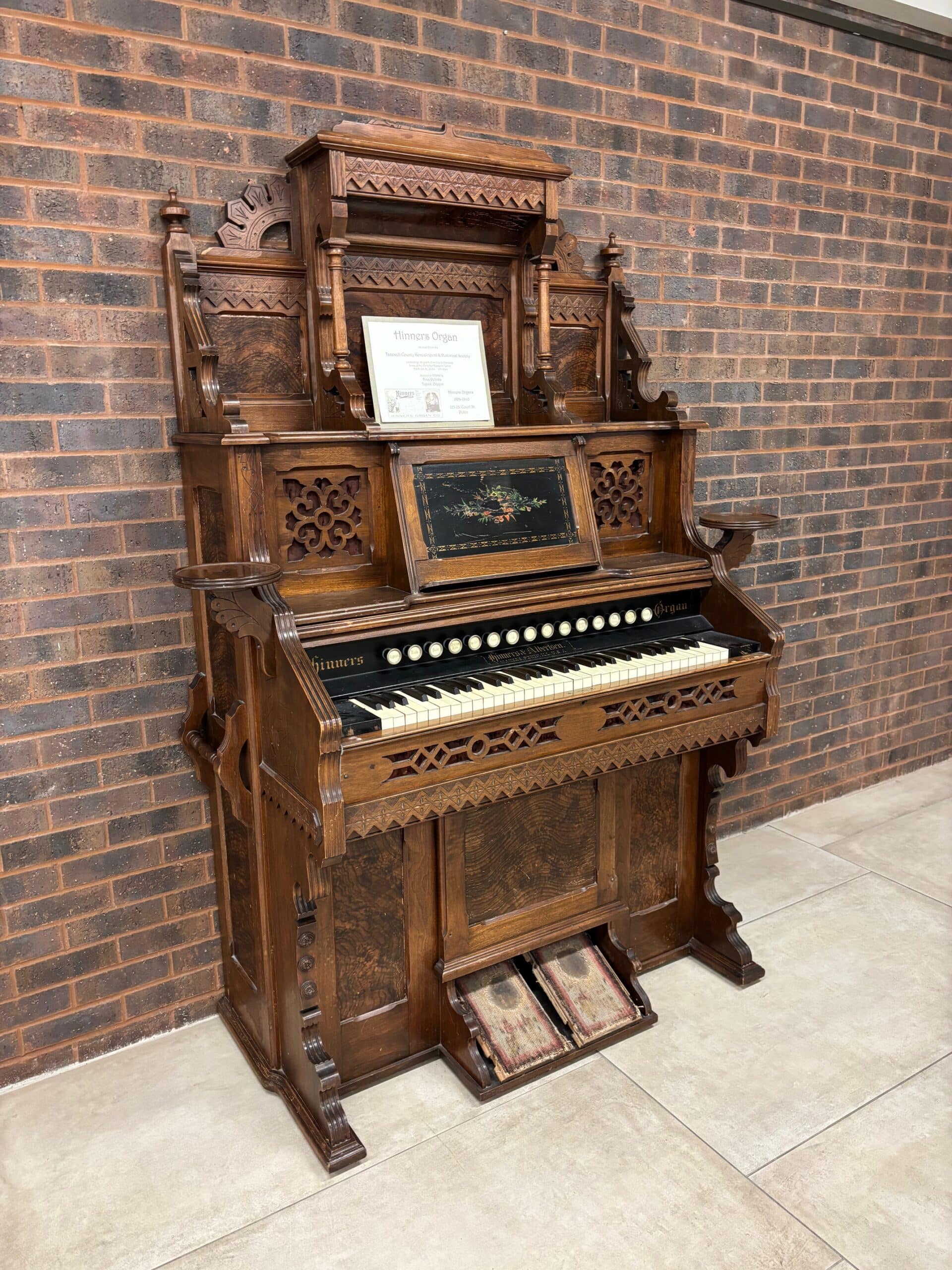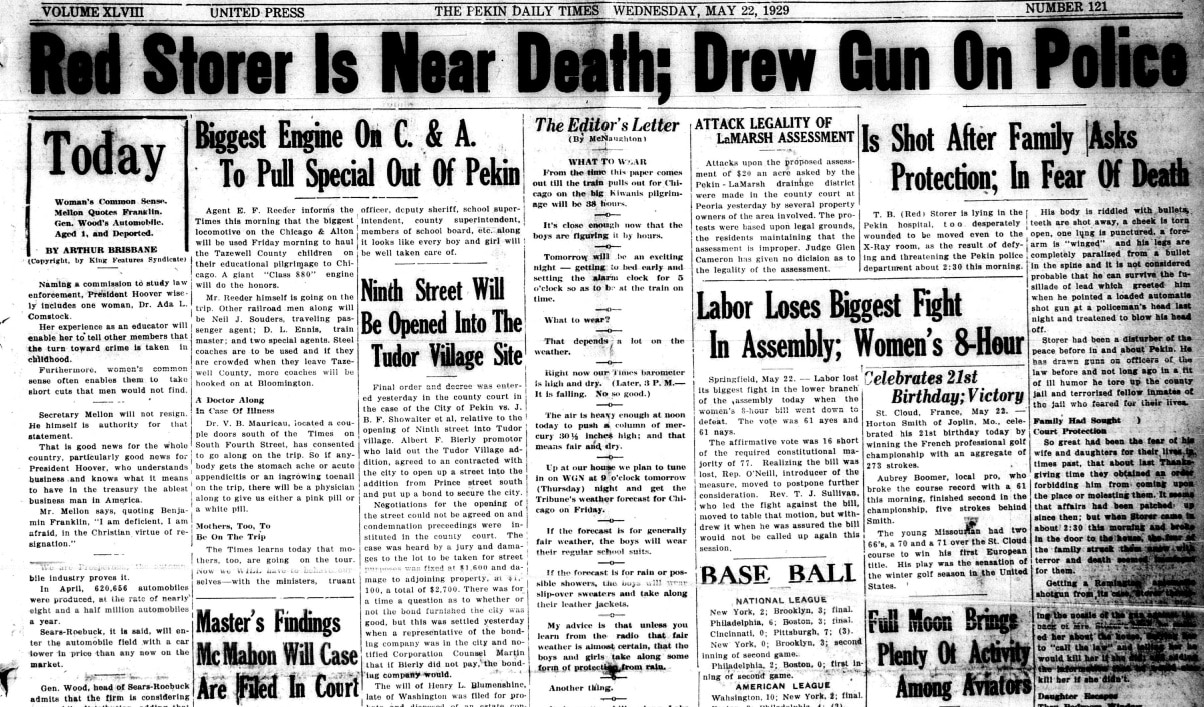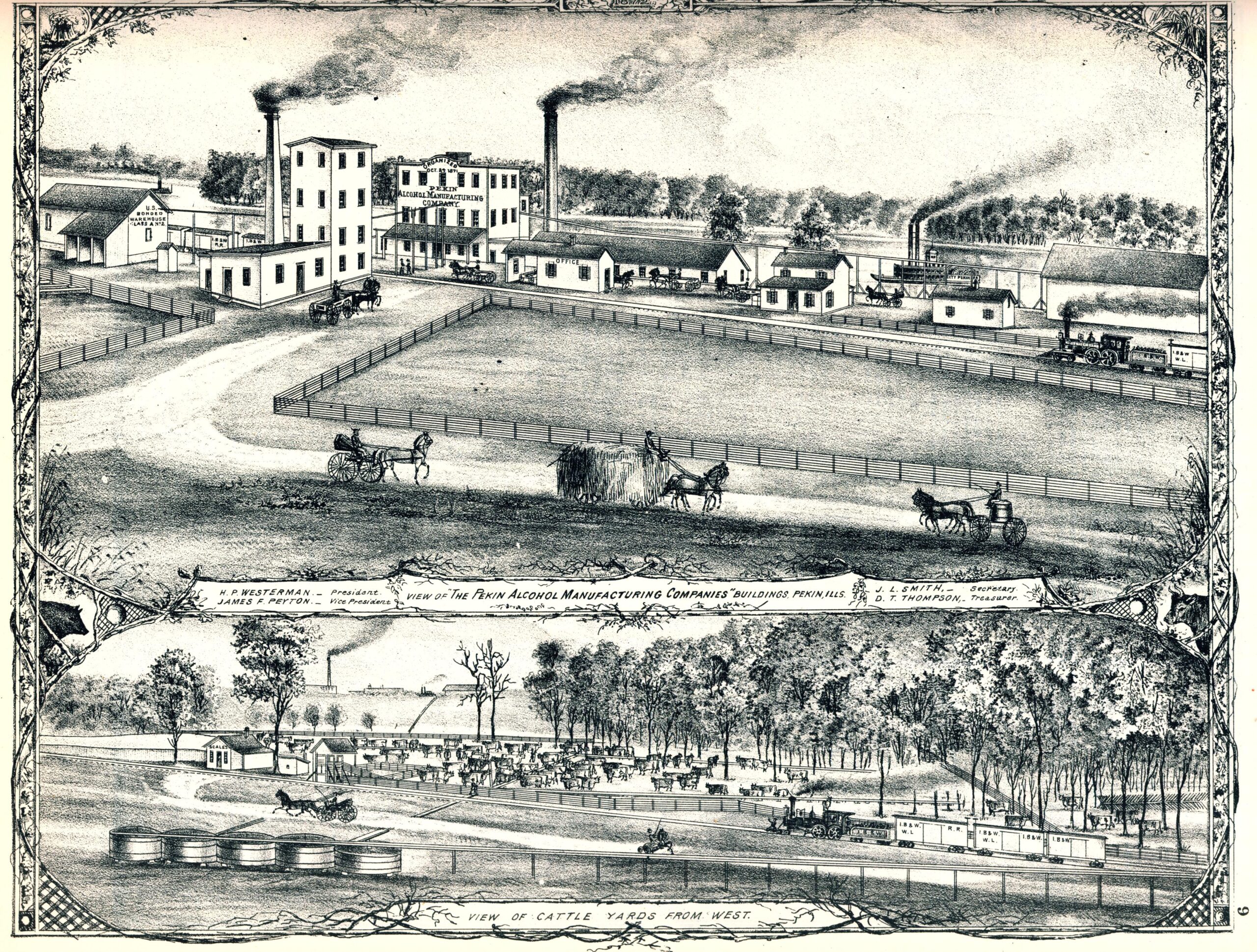Almost a century ago, Pekin’s New Year in 1926 opened with the shocking and mysterious death of John Morris Strope (1860-1926), bridge tender of Pekin’s old plank wagon bridge, who succumbed to severe injuries that were inflicted on him on New Year’s Eve or very early New Year’s Day.
Who attacked Strope and how he suffered his fatal injuries is a mystery that has never been solved. Reports at the time speculated that he may have had an altercation with a driver crossing the Pekin wagon bridge, and his assailant(s) either beat him very severely or intentionally ran him down with their vehicle.
Since Strope’s death happened on a holiday, the Pekin Daily Times did not print a paper that day. Consequently, the Daily Times announced the killing the following day, Saturday, 2 Jan. 1926, under the front page headline, “Mystery Surrounding Death is Unsolved.” This news report not only describes Strope’s injuries and the known circumstances of his death, but also briefly recounts the outcome of the coroner’s inquest that had taken place the day before, just hours after he had died.
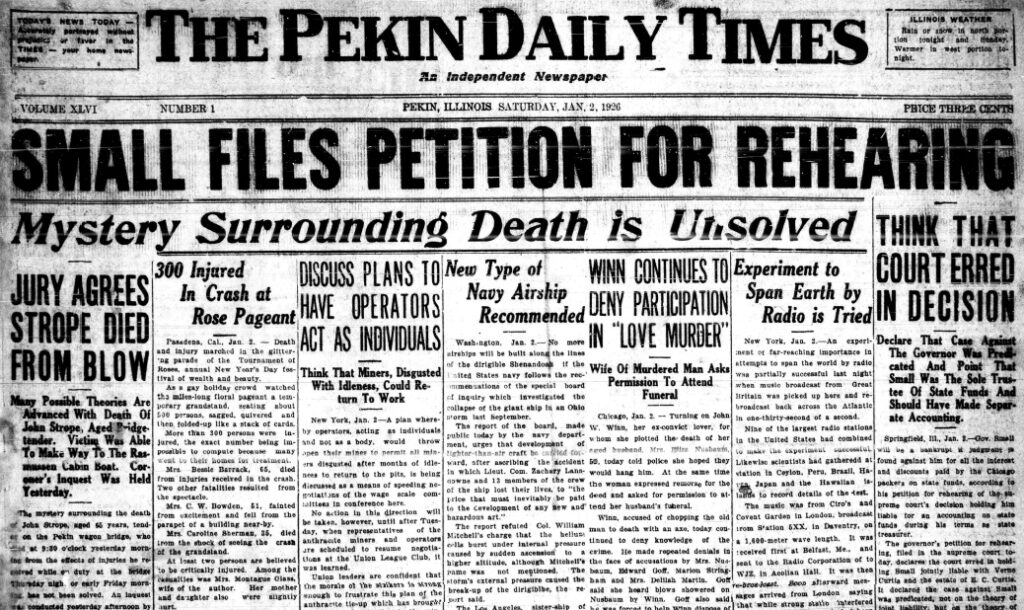
Following is a complete transcript of the Pekin Daily Times report from the 2 Jan. 1926 Pekin Daily Times:
Mystery Surrounding Death is Unsolved
JURY AGREES STROPE DIED FROM BLOW
Many Possible Theories Are Advanced With Death of John Strope, Aged Bridge-tender. Victim Was Able To Make Way To The Rasmussen Cabin Boat. Coroner’s Inquest Was Held Yesterday.
The mystery surrounding the death of John Strope, aged 65 years, tender on the Pekin wagon bridge, who died at 9:30 o’clock yesterday morning from the effects of injuries he received while on duty at the bridge Thursday night or early Friday morning, has not been solved. An inquest was conducted yesterday afternoon by Coroner Allen, the jury finding that death was due to a blow on the head, inflicted by some unknown person or persons.
About 2:30 o’clock Friday morning, Mr. Strope appeared at the cabin boat of Charles Rasmussen (sic), located near the west end of the wagon bridge and rapped on the door. Mr. Rasmussen opened the door and inquired what was the matter. “Call a doctor, Mr. Strope said, I am awful sick.” When Mr. Rasmussen took hold of Strope’s arm to help him into the cabin, the injured man screamed with pain.
Dr. Balcke was called and found Mr. Strope in a serious condition, suffering from a blow on the head and an apparent fracture of the skull. The physician made a second call at 7:16, and at that time recommended that Mr. Strope be removed to the home of his son, Jesse Strope, 596 (sic – 605) North Third street. The injured man sank into unconsciousness shortly later and passed away at 9:30 o’clock.
Many Theories.
Many possible theories are advanced in connection with Mr. Strope’s death, but no tangible evidence appears to have developed. The verdict of the jury is evidently based on the presumption that death was due to an assault, either by some person with a club or some other death dealing instrument, or by some one in an automobile, who deliberately ran down the bridge tender.
When Strope appeared at the Rasmussen boat, he was unable to tell what had happened to him. When asked how he had managed to get to the boat, he said that he had walked part of the way and crawled part of the way. Mr. Rasmussen tried repeatedly to learn from Strope, what had occurred, but to all inquiries, Strope’s answer was “I don’t know,” he apparently being in a semi-conscious condition.
Are Checking Up.
Officers are now checking up on several angles which might have a bearing on the case and there may be some development in what appears at the present time to be one of those dark mysteries which will remain unsolved. John Strope was a reliable, steady man of good habits. He had been a bridge tender for nearly three years, was a faithful city employee and was not thought to have an enemy.
He was born September 13, 1860, and was twice married, his second (sic – first) wife being Josephine Stufflebeam. He resided at 109 Jane street and he is survived by his wife and the following children: Charles Strope, Mrs. Rudolph Fels and Mrs. Mamie Moore, Winchester, Ill.; Jesse Strope, Mrs. Hazel Litterst, Floyd, Rudolph, and Walter Strope, Pekin.
Funeral services will be held at the Kuecks funeral home Monday afternoon at 2 o’clock, Rev. Reinhardt of the Christian church will officiate and burial will be in Lakeside cemetery.
Besides the above Pekin Daily Times article, clippings from one or two other very informative newspaper articles about John Strope’s death and the death investigation have been uploaded to Joanna C. Kelley’s “Kelley Family Tree” at Ancestry.com. Unfortunately not all of these clippings are dated, and there is no identification of the newspaper(s) from which the articles were clipped. However, there can be no doubt from the typeset of the articles, and from their content, that they were clipped from the Pekin Daily Times and that they were published within a week of Strope’s murder. They must have come from special “Extra” editions of the Daily Times, because these articles do not appear in any of the microfilmed copies of the Pekin Daily Times from January of 1926 that are a part of the Pekin Public Library’s Local History collection.
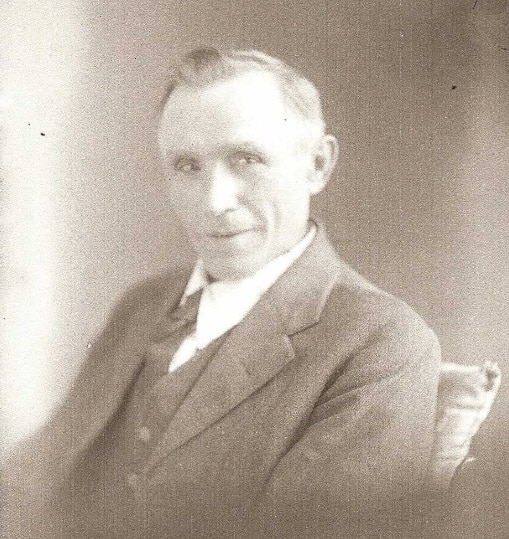
PHOTO FROM JOANNA C. KELLEY’S “KELLEY FAMILY TREE” AT ANCESTRY.COM
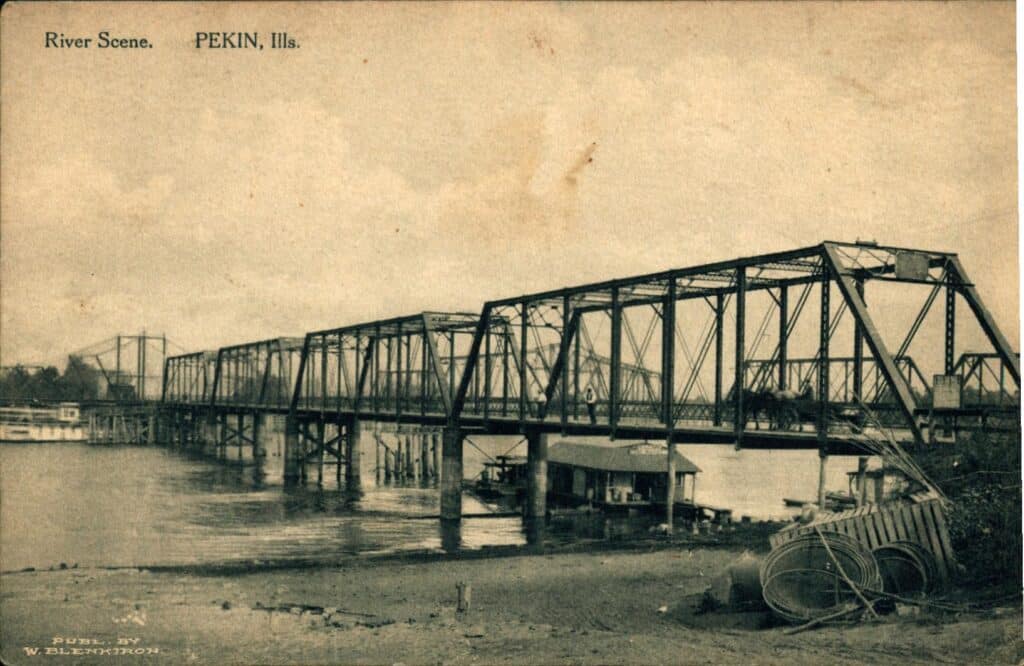
One of the clipped articles from the “Kelley Family Tree” provides extensive details from the inquest into the cause and manner of Strope’s death that was held 1 Jan. 1926. This article was published on 2 Jan. 1926, the same day as the above Daily Times article, and reads as follows:
JURY THINKS DEATH DUE TO AN ASSAULT
Finds John M. Strope Was Struck by Unknown Person.
BRIDGE TENDER’S MIND BLANK
Unable to Tell Before Losing Consciousness How He Was Hurt — Number of Car Clue?
“We, the jury, return this verdict believing John M. Strope died at 9:30 a.m. January 1, 1926, from a fractured skull received from a blow at the hands of an unknown person while tending the bridge across the Illinois river at the city of Pekin.”
Made No Statement.
The above verdicts was returned yesterday afternoon at an inquest into the death of John M. Strope, held at the Kuecks funeral home. The inquest was conducted by Deputy Coroner E. E. Allen (sic) and the jury was composed of Charles Rockwell, foreman; William Naylor, Albert Arnold, Frank Rolfe, George Schaefer and Joseph Wetzel. Dr. W. A. Balcke, who was called to attend Mr. Strope, said he found him suffering from injuries to the left side and there was a contusion at the left temple, his right arm was badly bruised and his left wrist cut. The injuries to the side indicated fractured ribs and the bruise on the temple, a fracture of the skull, probably at the base. The injured man was removed to the home of his son, Jesse Strope, 605 North Third street, at 7:30 o’clock and died about two hours later. He was unable to tell how he was hurt, the physician stated, and Carl Rasmussen also gave similar testimony. Mr. Strope came to the Rasmussen cabin boat at the west end of the wagon bridge about 2 o’clock yesterday morning, asked to be admitted and said he was hurt. Mr. Rasmussen took him in, made him comfortable and when he grew worse called the doctor, who arrived about 3:30. He seemed to be suffering from some internal hurt and did not complain of the head injury until he had been in the cabin some time.
Mr. Rasmussen said he wore a hat, which was unusual, and carried a flashlight. Joe Switzer, one of the water samplers employed by the Chicago Sanitary District whose shift keeps him at the bridge all of Wednesday night, said Mr. Strope had some words with George Thompson, who lives west of the bridge, about 11 o’clock that night. Thompson is in the habit of signalling traffic and Bridge Tender Strope warned him not to do it.
Mrs. Hulda Strope, the widow, testified he had heart trouble and Mrs. Strope said he complained before he left home for the bridge Thursday evening.
Auto Number May be Clue.
Chief of Police Gleich told the jury he had visited the bridge after being notified of the injury suffered by Mr. Strope. Found his cap lying on a girder outside the south rail of the bridge a few feet from the bridge shanty, also a stream of blood near by. He learned the hat he wore has been hanging in the shanty since he wore it last summer. His overcoat, in a pocket of which he kept the flashlight, was lying on the floor when Mr. Rasmussen visited the shanty to replenish the fire while awaiting the arrival of the physician. The chief found a tab in the shanty on which had been written the number of an automobile. After three of the six figures were written the pencil evidently had broken and the other three were made double. The number was that of an East St. Louis car and it may have some bearing on the case. The bridge tender was rather insistent with motorists that the traffic laws be obeyed, and the chief is inclined to believe that he became involved in an altercation with a driver and received his death injuries. The position of the cap and the blood spot indicated the tender was thrown toward the west when he was knocked down. A west-bound car to strike him would be compelled to drive far to the left, although traffic on the draw span is one way. Tom Lawson, half brother of Mr. Strope, told of a telephone conversation heard by his son between a policeman and the bridge tender in which the officer threatened the tender, but it was stated by other police that it was done jokingly as the men were the best of friends. As Mr. Strope was alone on the bridge the fatal night, how he met with the injuries that caused his death is mere guesswork, and probably never will be known.
Funeral Will Be Monday.
John Morris Strope, who lived at 109 Jane street, was born in Indiana September 12, 1860. He had lived in Pekin many years and was married here to Josephine Stufflebeam, who died in 1916. He was married five years ago to Mrs. Hulda Donaway who survives him, with eight sons and daughters by his former marriage: Charles; Mrs. Rudolph Fels and Mrs. Mamie Moore, Winchester, Ill.; Jesse, Mrs. Hazel Litterst, Floyd, Rudolph and Walter, Pekin. He also leaves one brother, W. H. Strope, and a sister, Mrs. Michael Robinson (sic – Robison), both of Pekin. The funeral will be held Monday at 2 p. m. at the Kuecks funeral home, the Rev. G. A. Reinhardt of the Christian church officiating.
Another clipping from “The Kelley Family Tree” lacks a headline and is undated, but judging from the fact that the article refers to the date of Strope’s death as “Friday morning,” it must have been published in the Pekin Daily Times less than a week after Strope’s death. The article presumably appeared in an “Extra” edition of the Daily Times, because it is not in any of the microfilmed issues of the newspaper in the Pekin Public Library’s Local History Room collection. The article, which repeats a lot of the same information from the above shown articles (but concludes with a remarkably garbled account of John Strope’s marriages and family), reads as follows:
That John Stropes (sic), bridge tender, who died at 9:30 o’clock Friday morning was the victim of foul play, is the belief of a coroner’s jury who heard the testimony of witnesses Friday afternoon. A discolored cheek and head, and bruises about the left side indicated that they were inflicted by being struck with some heavy weapon. So far the police have been unable to get any tangible clue as to the perpetrators, or the motive for the assault.
Walked to Boat
Carl Rasmussen stated that when he and his wife walked across the bridge about 11:30 o’clock they saw Mr. Strope in the bridge tender’s cabin eating his lunch. It was about 2 o’clock when Rasmussen was awakened by a knock, at the back door of his boat on the west side of the river. He went to the door and saw Mr. Strope, and assisted him into the boat. He noticed a bump on the side of his face, and that blood was issuing from his nose and mouth. After administering to the injured man, Rasmussen decided that he was more seriously hurt than he at first supposed, and called Dr. Balcke, who came about 3:30 o’clock. An examination showed that three ribs had been fracture and severely bruised; that his right arm was bruised, and that there were heavy bruises about the left side of the face and head. His condition was such that he was no able to give any account of the assault, and soon after became unconscious. Dr. Balcke went again at 7:15 to attend Mr. Strope, and then recommended that he be transferred to the home of his son, Jesse Strope. His condition grew rapidly worse and death ensued at 9:30 o’clock.
Officers Investigating
Chief Gleich has been investigating the case, but so far has been able to get little information concerning the affair. No witnesses before the coroner’s jury were able to give any definite information. Dr. Balcke is of the opinion that the injuries sustained by Mr. Strope were inflicted by some person, or persons, discounting the theory that he was struck by an automobile.
Funeral Monday
Funeral services for Mr. Strope will be held Monday afternoon at 3 o’clock at the Kuecks Funeral home.
John Strope was born September 13, 1860, and his marriage with Josephine Stufflebeam took place in 1917 (sic – she died in 1916), this being his second (sic – first) marriage. His wife and the following children survive him: Charles Strope, Mrs. Rudolph Fels, Mrs. Minnie Moore (sic – Mayme), Winchester, Ill.; Jesse Strope, Mrs. Hazel Litterest (sic), Floyd, Rudolph, and Walter Strope, of Pekin; one brother, William H. Strope, and two sisters, Mrs. Hilda Donaway (sic – she was John’s second wife Hulda) and Mrs. Michael Robinson (sic – Robison).
The Pekin Daily Times microfilms show that the Times reported on John M. Strope’s funeral on the front page of the newspaper’s 4 Jan. 1926 edition:
FUNERAL OF JOHN STROPE WAS HELD THIS AFTERNOON
Funeral services for John Stropes (sic) were held this afternoon at the Kuecks funeral home and were largely attended. Rev. Reinhardt of the Christian church officiate and burial was in Lakeside cemetery.
Mr. Strope, a tender on the wagon bridge, died from injuries he received early Friday morning while on duty at the bridge. The cause of his death is shrouded in mystery and although many angles of the case are being investigated, but little progress has been made in solution of the mystery surrounding Mr. Strope’s death.
One final undated newspaper clipping from “The Kelley Family Tree” again shows a story that must have been published in an “Extra” edition of Pekin Daily Times, perhaps within a week of Strope’s death. The article, which follows below, tells of a failed attempt by law enforcement to follow up on a possible lead in the death investigation:
WOMAN FINDS “DICTO” WIRES
Plan to Get Information in Strope Mystery Fails.
The use of a dictograph in an effort to get the story of Ruth Comeron of a supposed visit with Harm Martens in the bridge house with John Strope on the night of the latter’s death, which is believed to have been the result of foul play, failed through the woman’s discovery of wires of the tiny machine.
The story told by Martens and the woman had been very much at variance with other information regarding Mr. Strope’s death and the investigation eventually led to Martens’ being held as a suspect and the woman also. Charges of adultery were made that they might be held pending the investigation.
Yesterday a dictograph was placed in the woman’s cell but when the state’s attorney and stenographer were ready to listen in they soon ascertained that the woman was wise to the fact that the dictograph was being placed and she not only did not give any information of value but was apparently talking for the benefit of the users. She acknowledged that she is a drug addict but declares that she knows nothing of the death of Mr. Strope, and further says Martens is wrong as to the night they stopped at the bridge shanty.
The investigation seems to have run against a snag, and the mystery is apparently no nearer a solution than it was immediately following Mr. Strope’s death.
And with that, we come to the end of our available information on John Strope’s death and the clues that law enforcement investigators tried to follow to determine how he came to his tragic demise.


